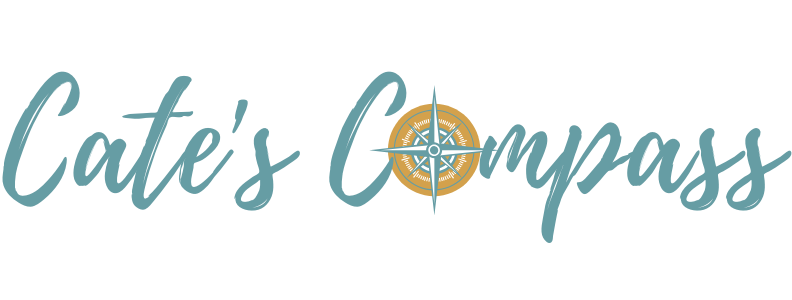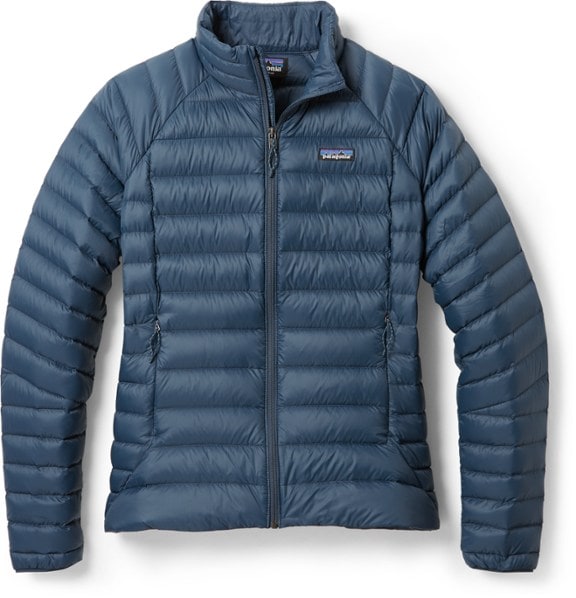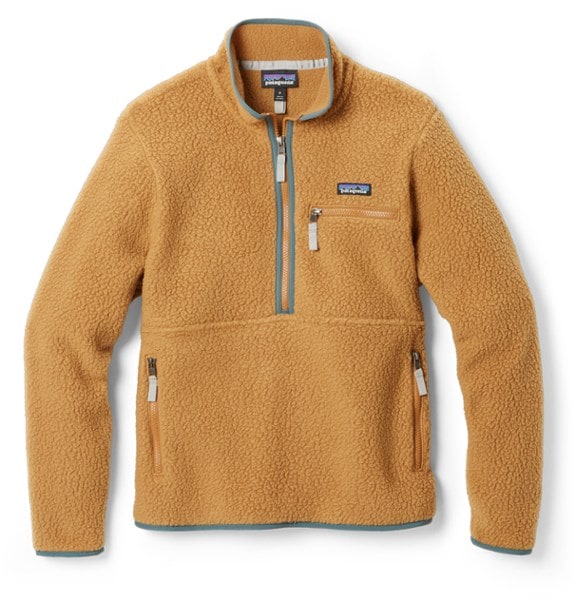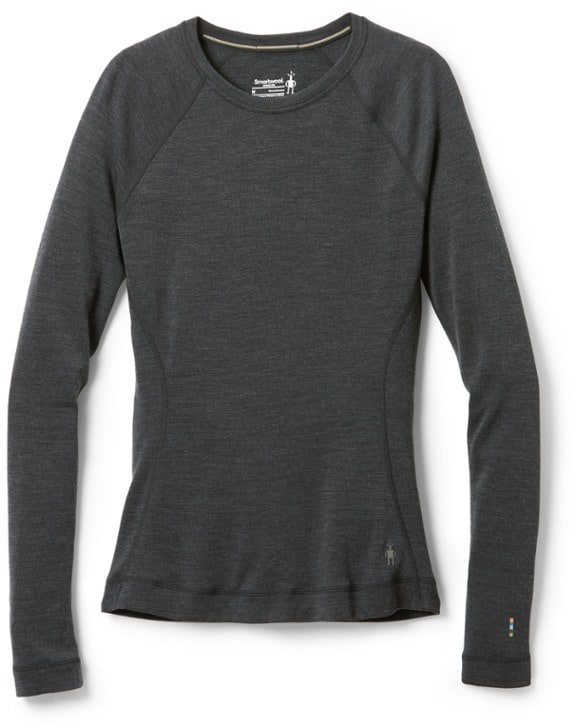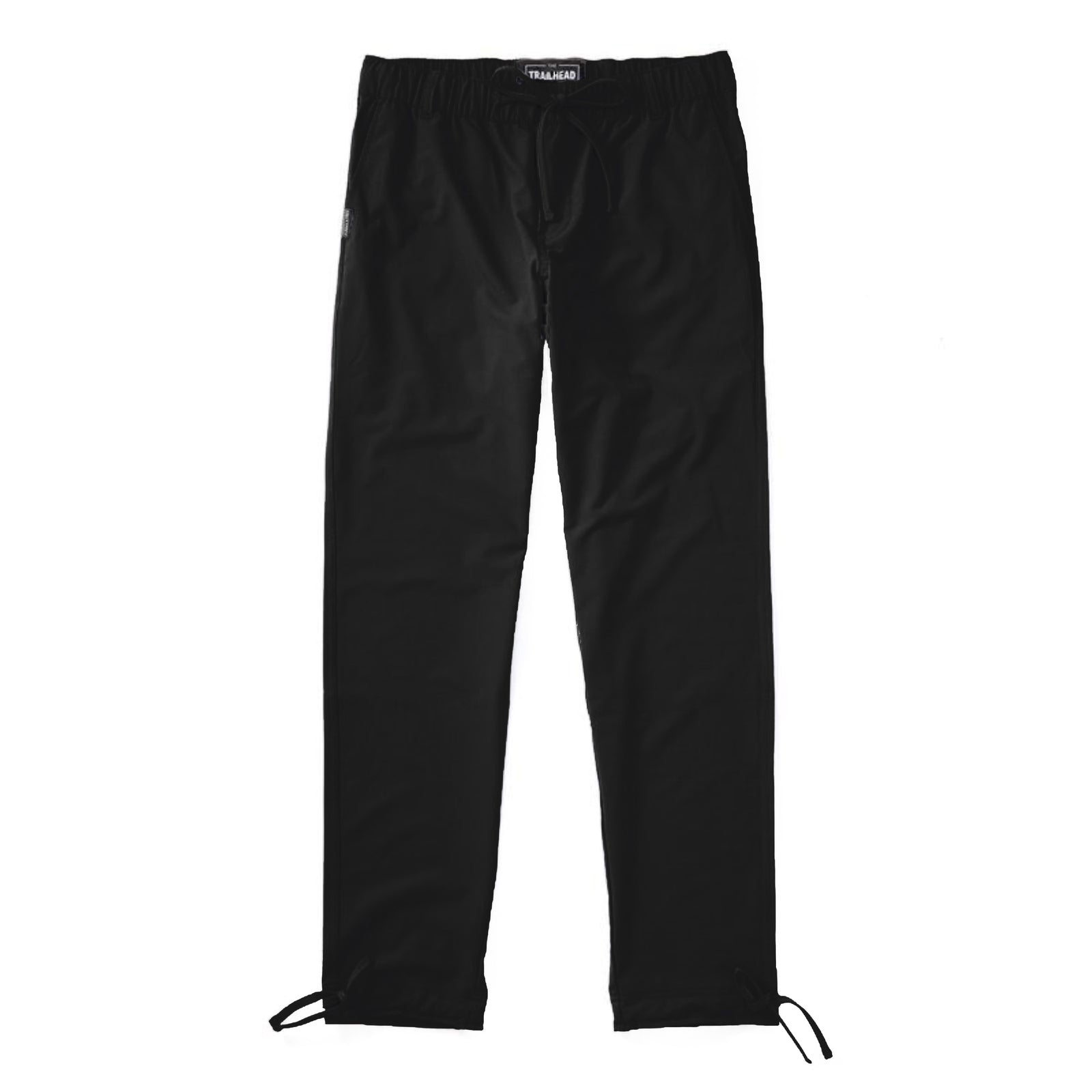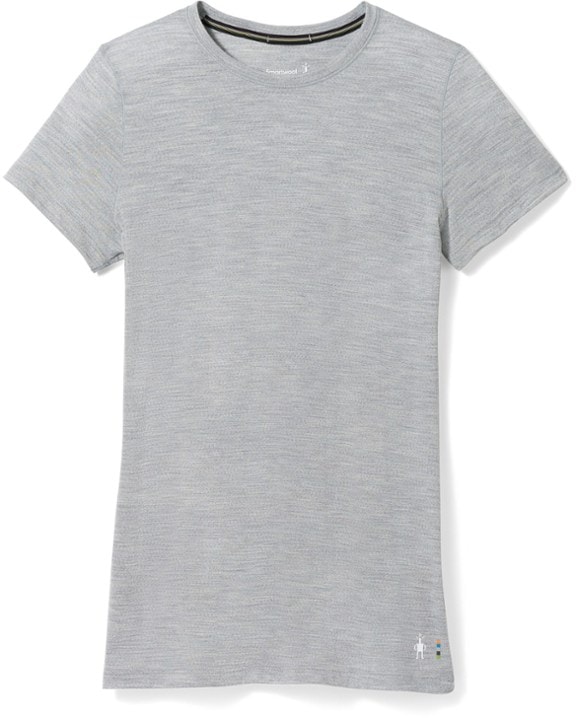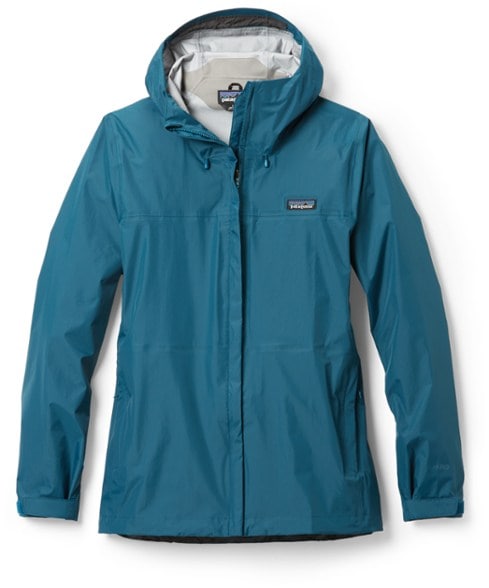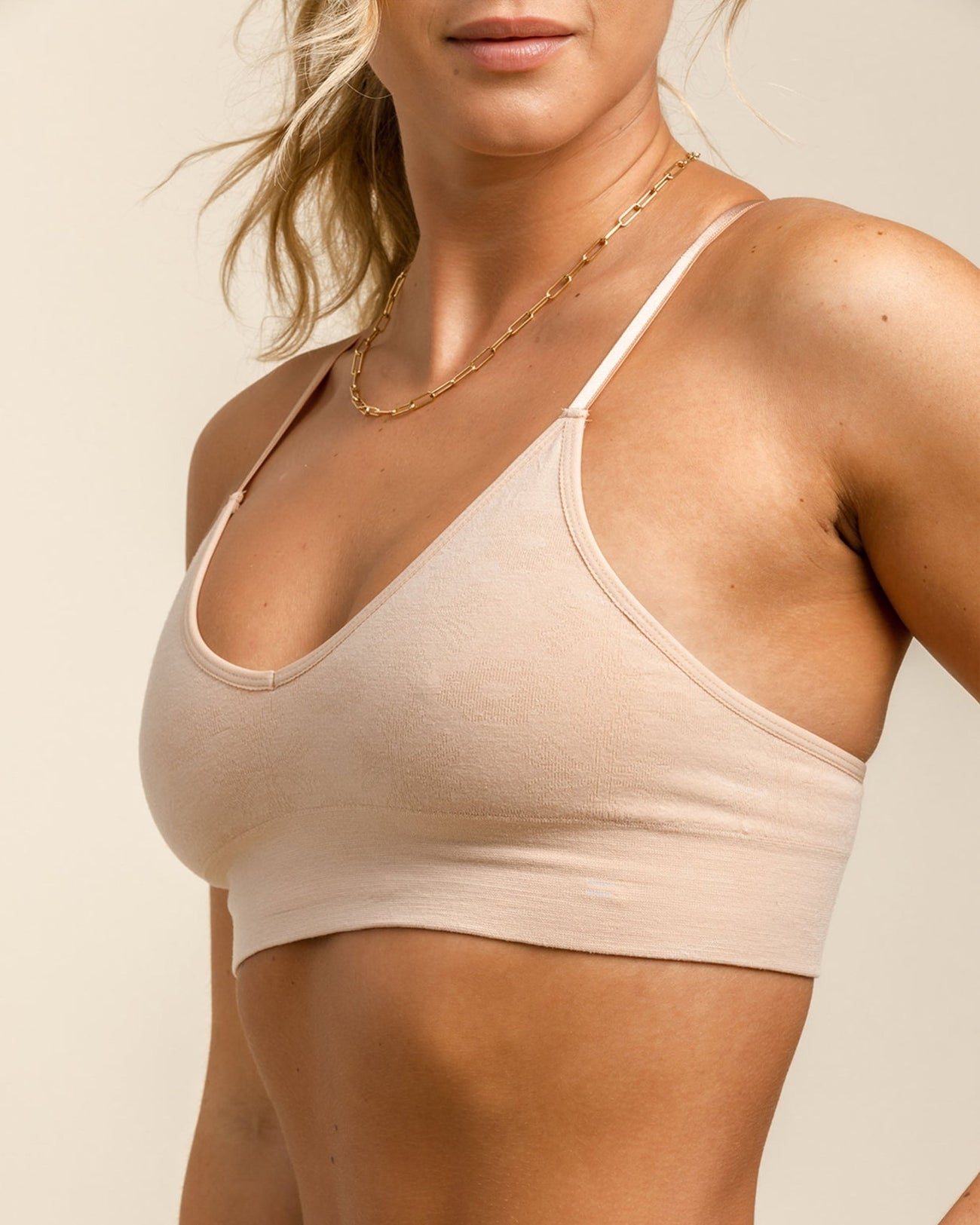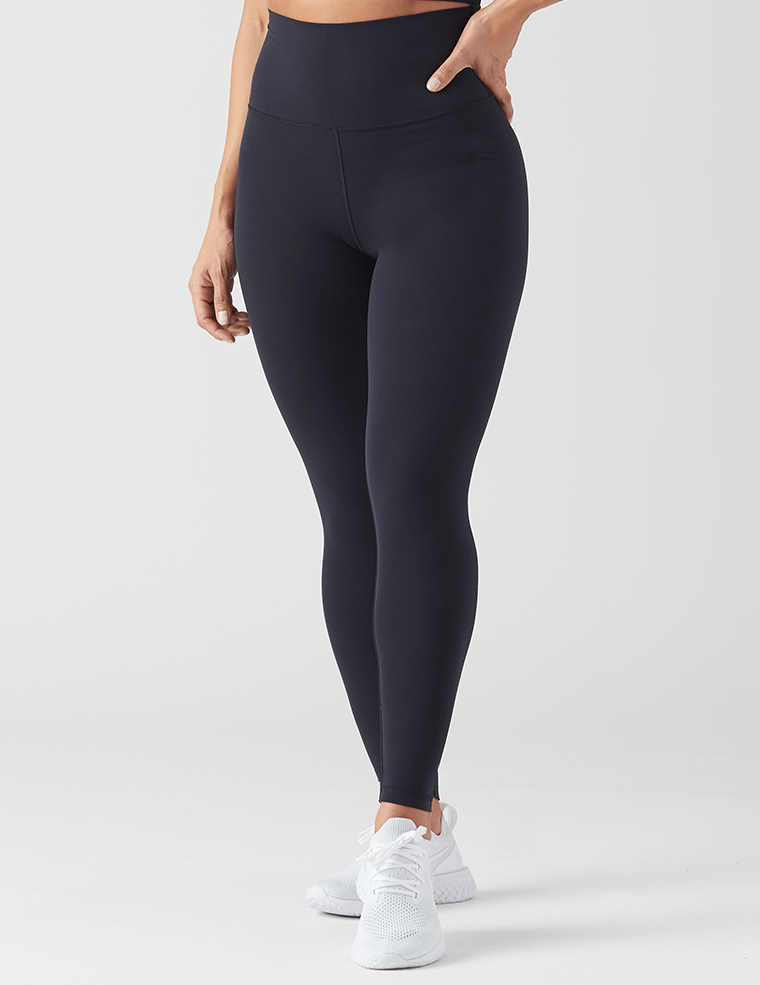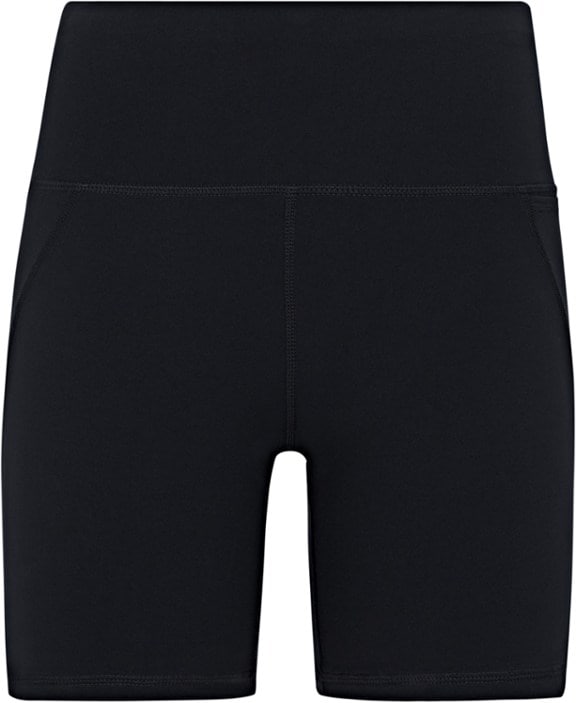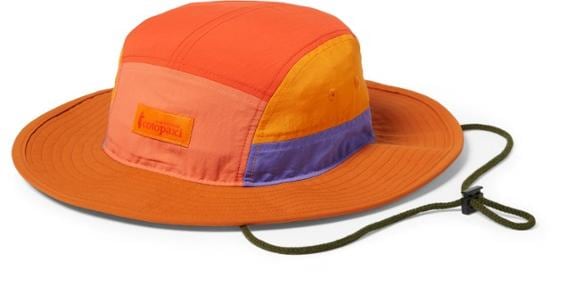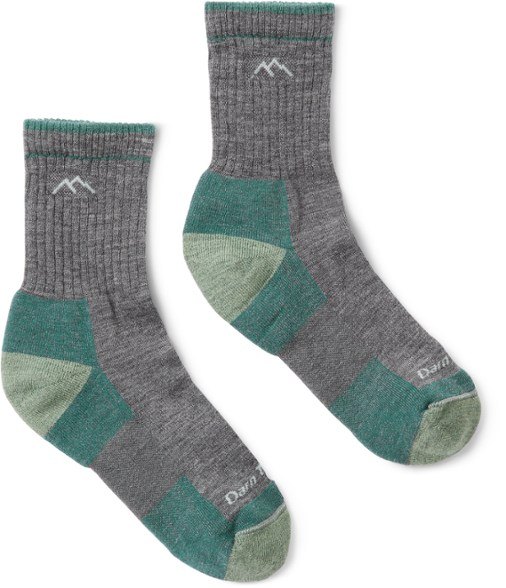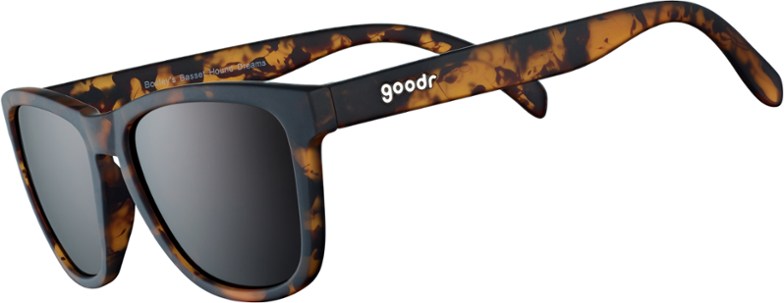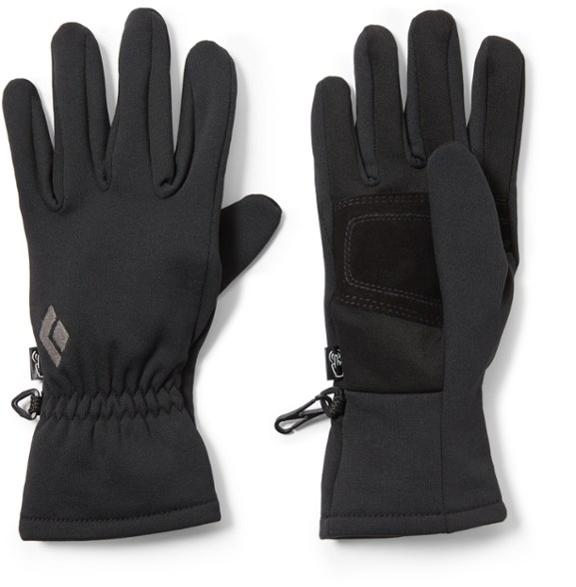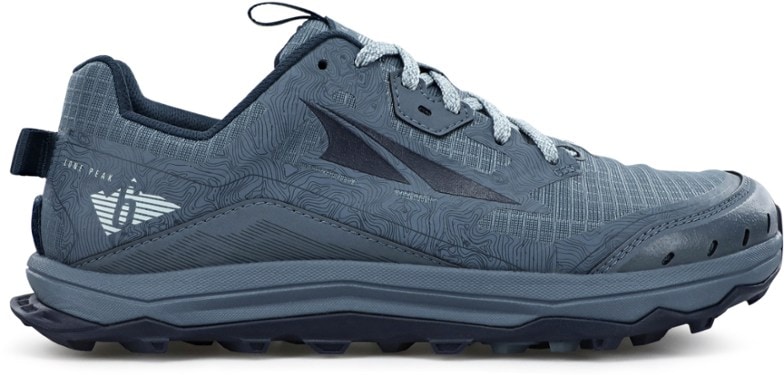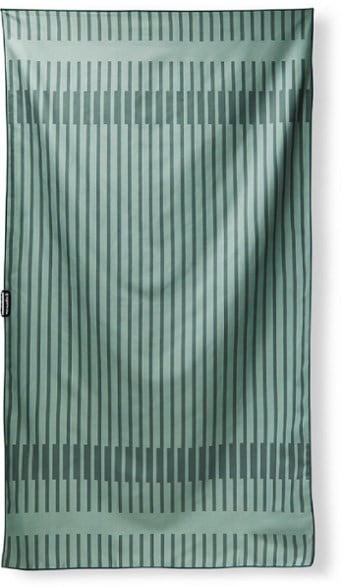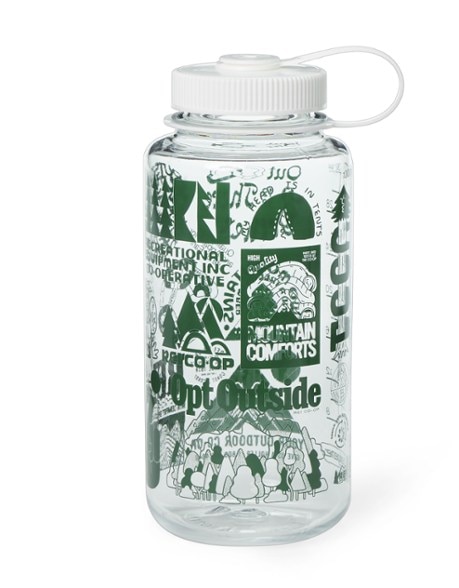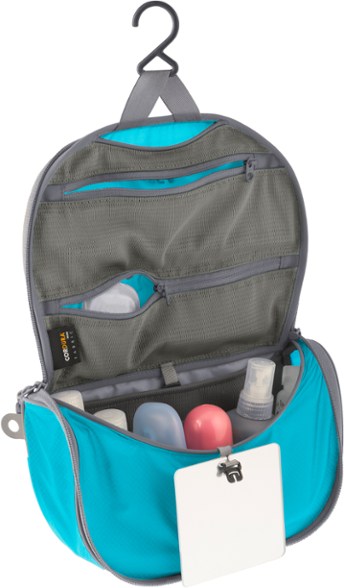The Ultimate Alta Via 1 Packing List
Cates Compass contains affiliate links and is a member of the Amazon Services LLC Associates Program. If you make a purchase using one of these Amazon links, I may receive compensation at no extra cost to you. Read my disclaimer for more information.
Have you been wondering about how to pack for Alta Via 1? I’ve got you covered!
If you’re an avid hiker who wants to travel the Alta Via 1 in the Italian Dolomites, then you’ve come to the right place. I’ve been hiking since I was in high school and I recently completed this trip with my husband in 2023.
I’m here to help provide you with the packing guidance you need to have a fun and safe experience. So, if you’re feeling a bit unsure of how to pack for this amazing adventure, I have all the best tips from my personal experience. With my help, you’ll be confident in what you’ve packed and ready to take on the Alta Via 1!
Top 3 Items You Need To Bring on the Alta Via 1
If you’re super comfortable with packing for long-term treks or hut-to-hut hikes, here are the 3 things you need to have for the Alta Via 1:
- Hut Shoes – All huts on the Alta Via 1 require that you remove your boots and keep them in a separate room. I recommend breathable sandals that can easily be worn with socks.
- Sleeping Bag Liner – Most Rifugios do not wash their bedding between stays because of the location and access to water. To avoid sleeping in someone else’s filth, you’ll want to pack a liner. If you run warm, I recommend splurging on a silk liner.
- Cicerone Guidebook – This was well worth every penny as we referenced it numerous times a day. The book provides a detailed overview of each day as well as a physical map and elevation graph.
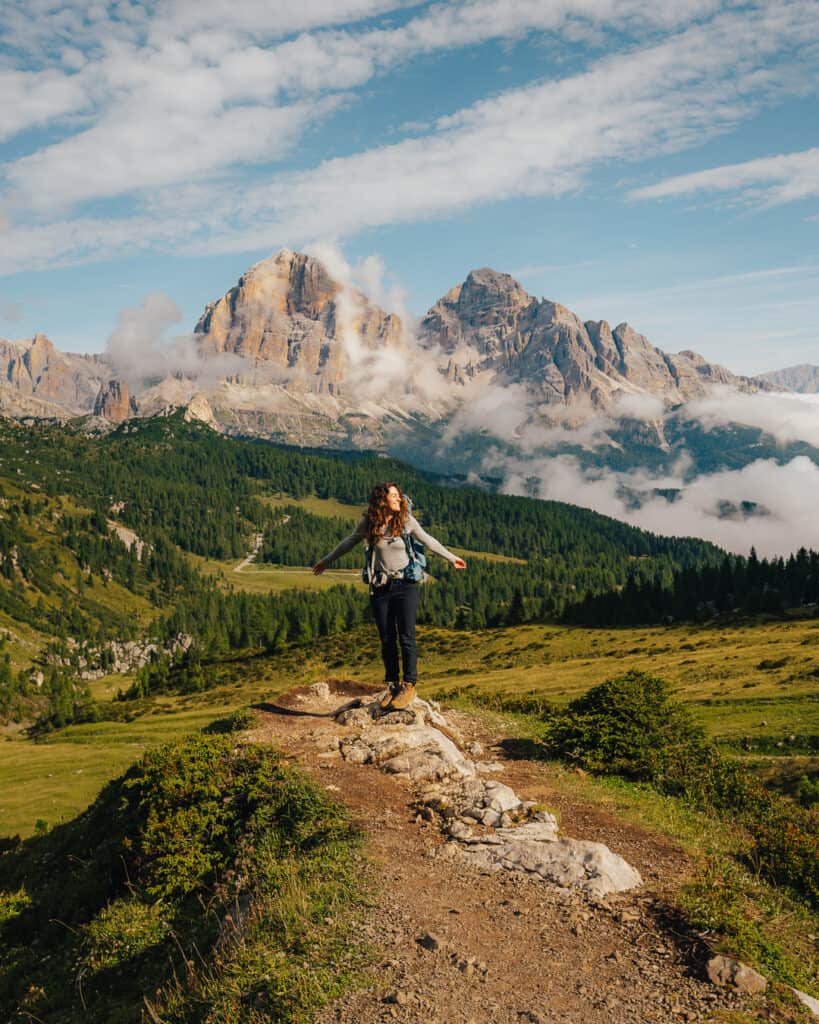
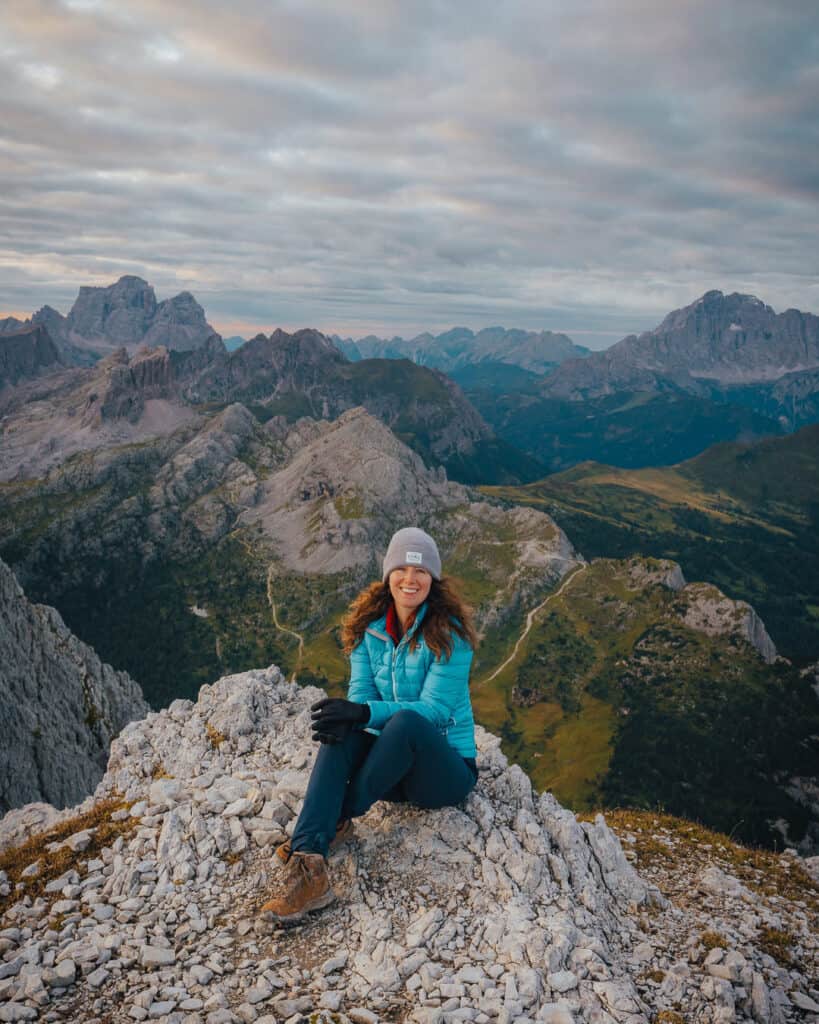
1. Clothing
Clothes are the hardest item to pack for any long backpacking trip since it’s hard to know what you truly need. After doing this hike, I felt like I packed just the right amount, not to feel gross, but also to keep my pack light enough for numerous back-to-back days on the trail.
Having clothing that works in all climates and conditions is vita,l as the weather can change in a heartbeat on this trail. Additionally, having items that are light and multi-use is important so that your pack doesn’t become too weighed down.
Focus on clothing that is quick drying and made out of material like wool. Avoid cotton at all costs as it will take a long time to dry and does not wick sweat properly.
Below is the list of all the items I packed for clothing during the Alta Via 1. I have been hiking in these items for years, and they performed exceptionally well on the trail.
Darn Tough Merino Socks
A few pairs of wool socks are crucial for an enjoyable trek. Darn Tough has been my tried and true brand for years. I used to get blisters, and these are more breathable/sweat-wicking. If you struggle with foot problems on the trail, I recommend trying Injinji socks.
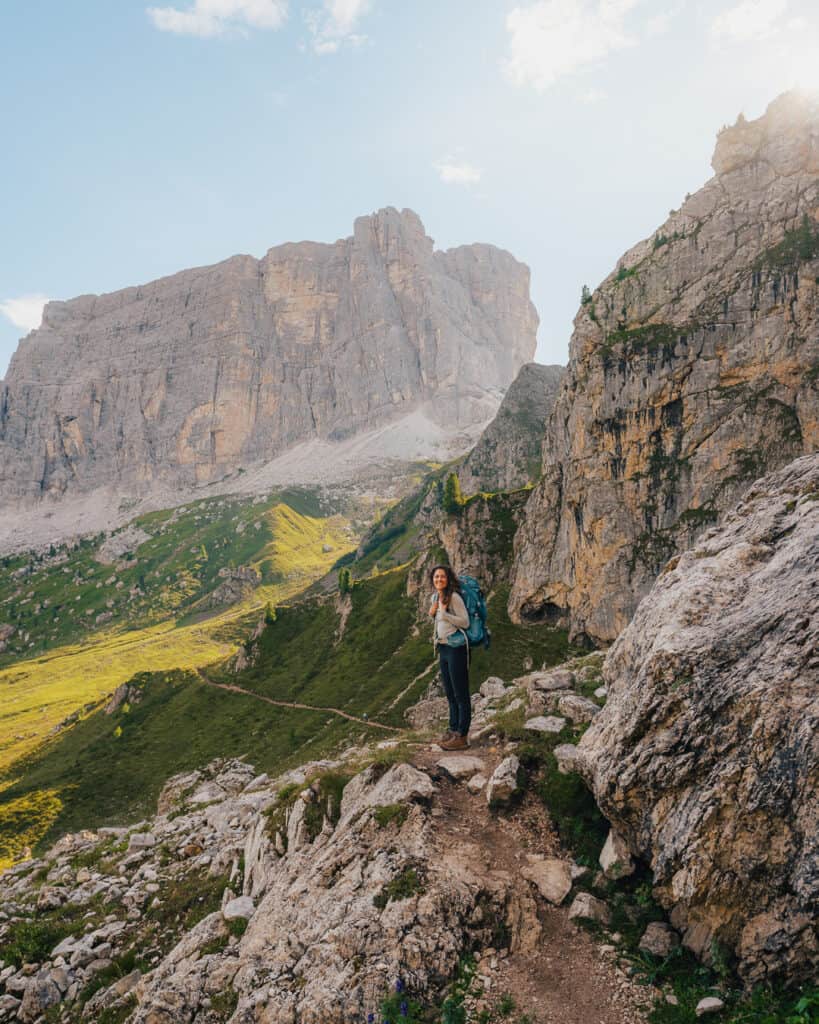
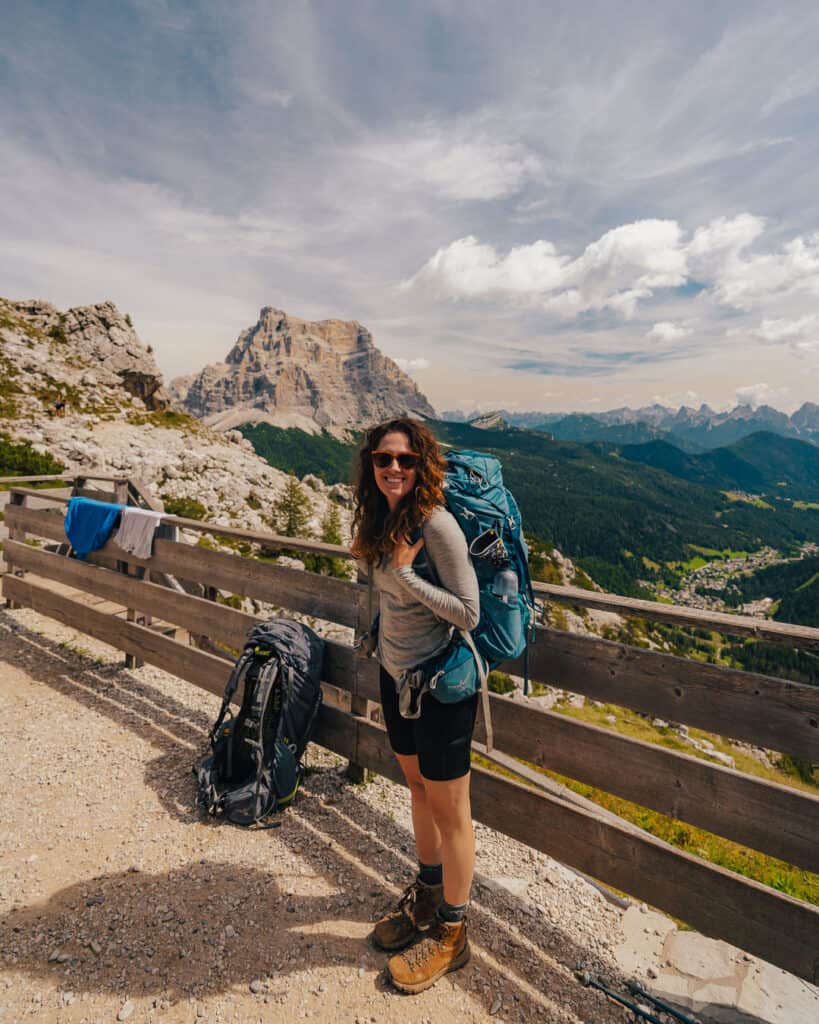
2. Hiking Equipment/Gear
A good backpack is the most important piece of equipment for Alta Via 1 as you want one big enough to carry enough stuff, but small enough to manage for 10 days. I used the pack I already had since it’s 50 liters and I needed the extra space for items I used on the flight over.
PRO TIP: If you don’t already own the Katadyn BeFree, I would opt for the Hydrapak Flux as the bag is more durable. If you do own the BeFree, I recommend buying a different bag as the BeFree bag tears very easily.
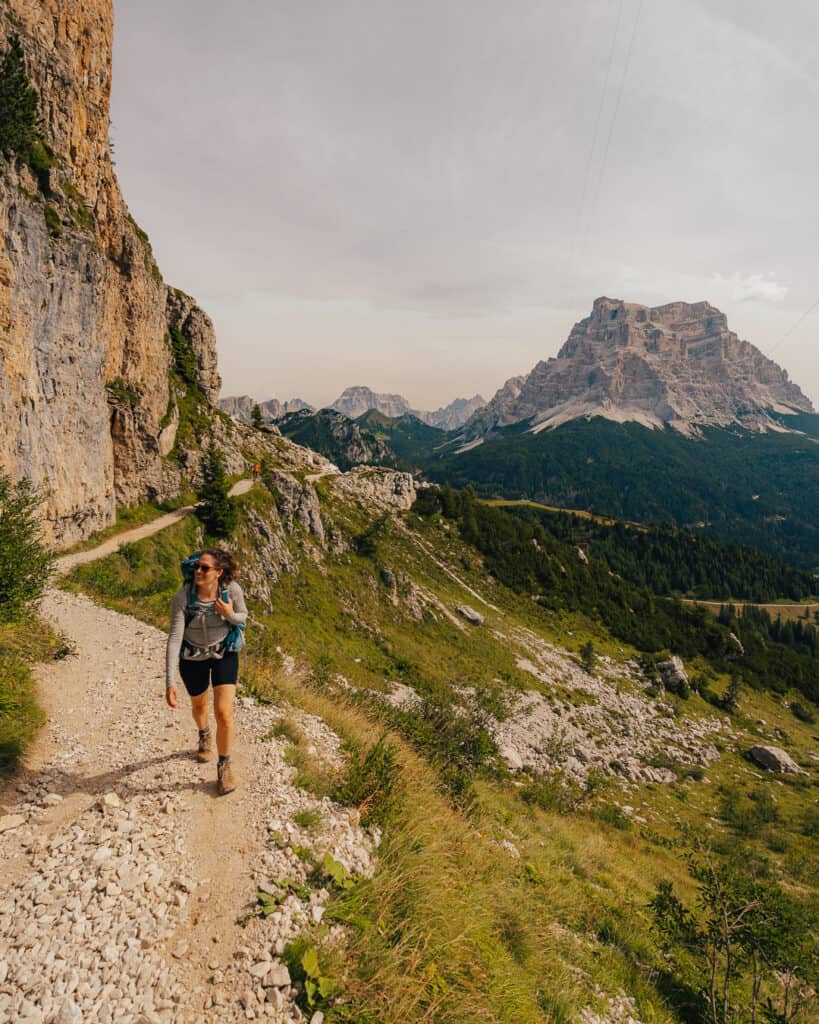
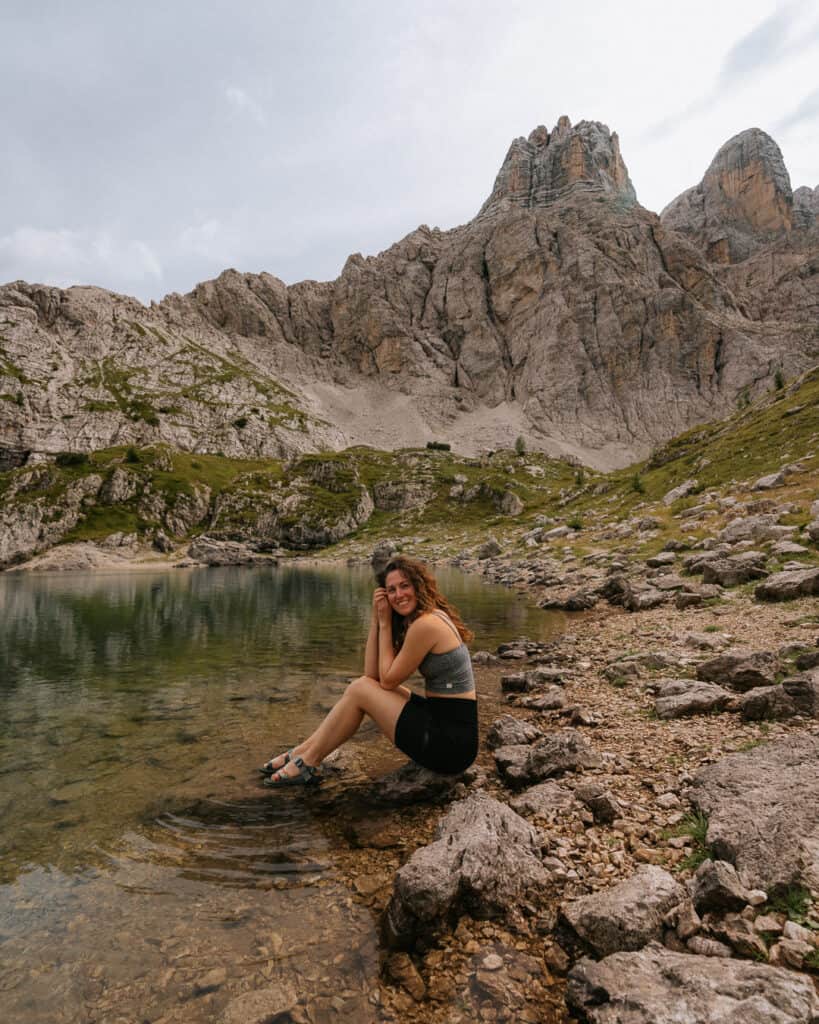
3. Accessories
Luckily, there aren’t a lot of accessories needed for a great time on the Alta Via 1. The two main items, an eye mask and earplugs, are crucial for good sleep.
I wouldn’t skip the earplugs since there were multiple men who snored like trains on our trip.
The only other accessory that I brought was an e-reader. This is super nice when you have downtime or before bed.
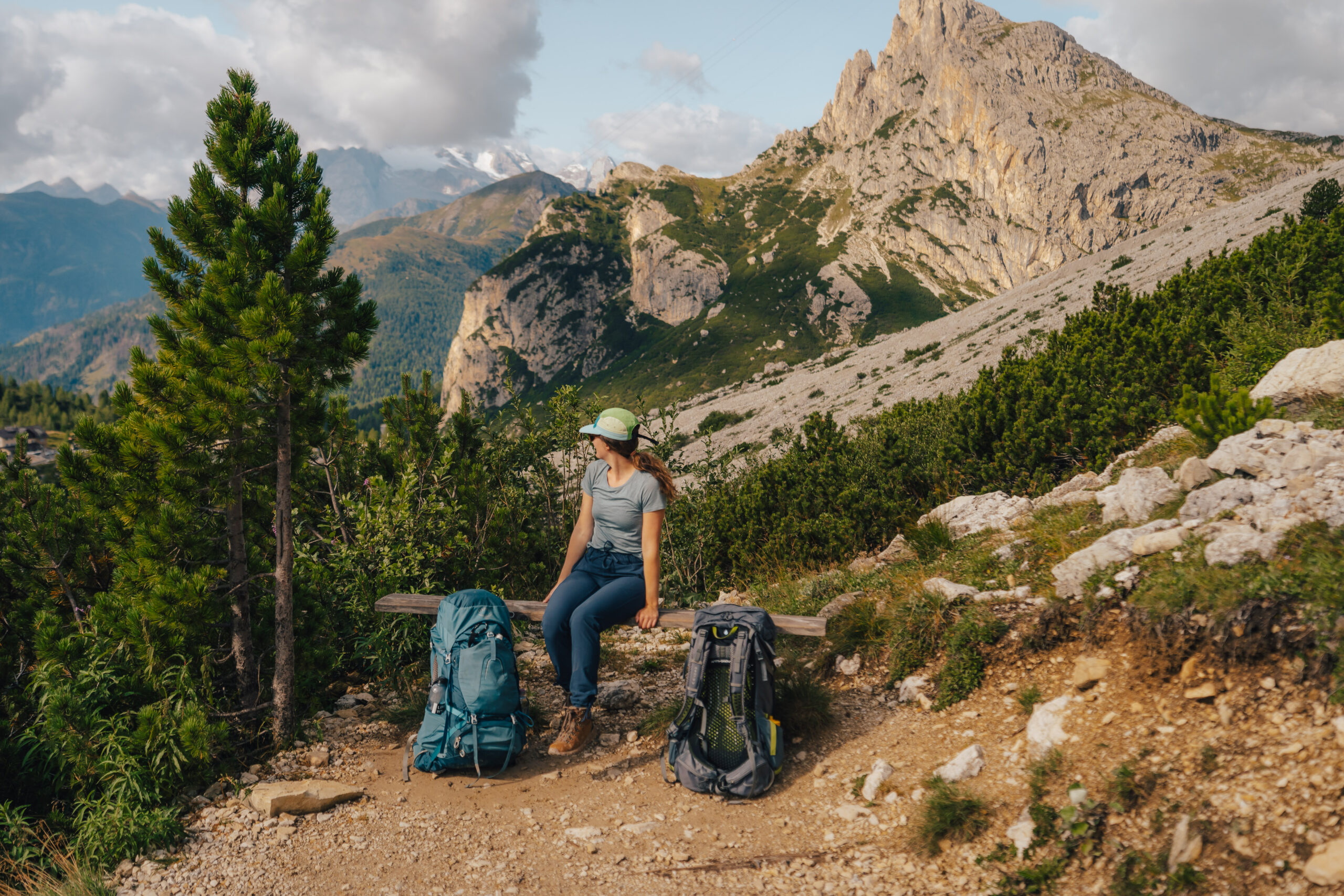
4. Toiletries
Toiletries are important to make sure you feel fresh on a long-distance hike. Focus on bringing items that are compact (think travel size) and can fit in one bag.
One essential thing to make sure you remember is to bring any medications that you use. I always make sure to have these on my carry-on in case something happens to my checked luggage.
Other items that should be in your toiletry bag (that you probably already have!)
- Toothbrush and toothpaste
- Pain Killers
- Face wash and face cream
- Comb
- Deodorant
- Body Glide
- Hair ties
- Razor (if you plan on shaving)
- Nail clippers
- Any medication you are on (i.e., birth control, antidepressants, etc.)
- Tampons or a period cup
- Shampoo, conditioner, and body wash in mini size (I use reusable travel size bottles and fill them with my normal products)
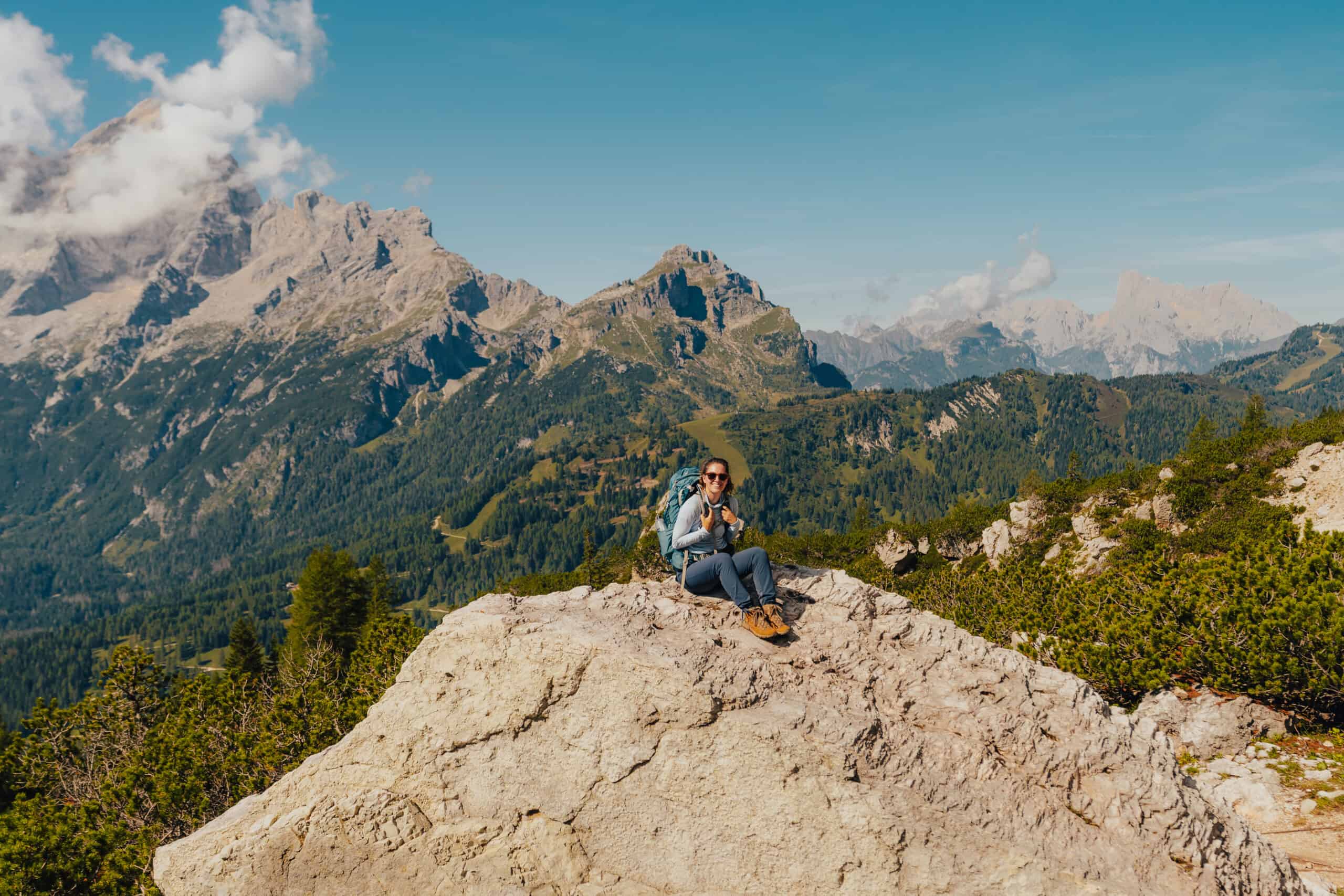
5. Electronics
Since you’re out in nature looking to disconnect, you won’t need a lot of electronics. Here’s a short list of items that should be packed.
- A good smartphone is essential since it can be used for taking pictures and videos, as well as keeping in touch with family and friends. Additionally, I used mine for navigation and to check the weather.
- Phone charger – almost all Rifugios had a place to charge
- A nice camera is great if you take professional photos but not necessary. If you are solely a hobby photographer, leave the gear behind as it will add extra weight.
If you are traveling from outside Europe, you will need the appropriate adapter! This is likely already in your arsenal if you have traveled abroad, but if not I have linked a highly-rated one from Amazon.
6. Maps
A physical map is exceptionally helpful while on the Alta Via 1. There are many points on the trail where you will need it to get your bearings or understand which path is the best choice.
Additionally, you can use the Gaia GPS app and download the Alta Via 1 route to have real-time tracking of where you are on the trail. We used the app almost every day to see how far we’d gone and how far we had to go.
7. First Aid Kit
A first aid kit is something you should always have on any type of backpacking trip. You never know when you might scrape a knee, pick up a bug, or get a headache.
Here is a list of items you should consider including in your first aid kit:
- Band-Aids of different sizes
- Gauze
- Scissors
- Medical Tape
- Antiseptic Wipes
- Pain Relief Medication
- Allergy Medication
- Tweezers
- Anti-nausea Medication
- Suture Kit (if you know how to use it)
- Prescription Medications (inhalers, insulin, EpiPen, birth control)
Packing Tips
When packing your backpack, it is important to make sure that all items are packed in a way that will not affect the balance and comfort of your backpack.
Put heavier items close to the top and middle of your pack and closer to your back for better balance. Place your bulky items at the bottom and items you need to access quickly closer to the top.
Additionally, make sure to try on your pack with all of your items in it to ensure that it fits comfortably and correctly on your back. Nothing is worse than starting your trek and realizing that your pack is too heavy or the weight isn’t properly balanced.
Lastly, try using packing cubes to keep things together and better organized. I like to do this with similar items and to help keep clothing that’s dirtier away from cleaner, fresher-smelling clothes.
What You Don’t Need
For a trekker on the Alta Via 1, there are a few items that you don’t need to bring along for backpacking. For example, a tent is not necessary as you can stay in Rifugios, which are mountain huts with beds, meals, and often even hot showers.
Additionally, you don’t need to bring along any cooking equipment as the Rifugios will provide meals and snacks. This includes plates, utensils, a gas stove, gas, and any pots/pans that you might typically pack.
Finally, sleeping bags and pads are not necessary because the beds are already made up with sheets and blankets at the Rifugios. All of these items might seem like essential backpacking gear, but they are not needed for the Alta Via 1.
FAQs About Hiking the Alta Via 1
Do you need climbing gear for Alta Via 1?
No, you will not need to bring any climbing gear for Alta Via 1. If you choose to do any of the Via Ferratas, then you will need to bring the appropriate gear, including a harness, a helmet, and potentially gloves. You will encounter a variety of terrain, but none will require any additional gear.
How hard is Alta Via 1?
The Alta Via 1 is considered a challenging hike with steep ascents and descents along the mountain paths. Depending on your fitness level and experience, it can take anywhere from eight to eleven days to complete the journey.
However, with proper preparation and planning, you can make the most of the stunning views and incredible alpine scenery.
When is the best time of year to hike the Alta Via 1?
The best time of year to hike Alta Via 1 would be in the summer months of July, August, and September. During these months, the days are typically warm and sunny with moderate temperatures. The nights can be chilly, so it is important to bring a warm layer for nighttime.
The Dolomites typically experience afternoon showers during the summer, so if you are hoping to limit the amount of rain, plan to book in September when the weather is the “driest” but the temperatures haven’t yet plummeted.
Are there good water sources on Alta Via 1?
Yes, there are good water sources on Alta Via 1. Most of the mountain huts along the trail have water sources, and there are numerous streams and rivers to filter water from each day on the trail.
Wrap-Up: Alta Via 1 Packing List
In conclusion, packing for the Alta Via 1 is not just about the essentials, but also about the spirit of adventure. As avid hikers, we know that being prepared can make a world of difference in our trekking experience.
So, whether you’re a seasoned hiker or planning your first adventure on the Alta Via 1, make sure to check out our next blog post titled “An Epic Alta Via 1 Itinerary (With Rifugio Reviews!!)” to learn everything you need to know about hiking this incredible trail.
